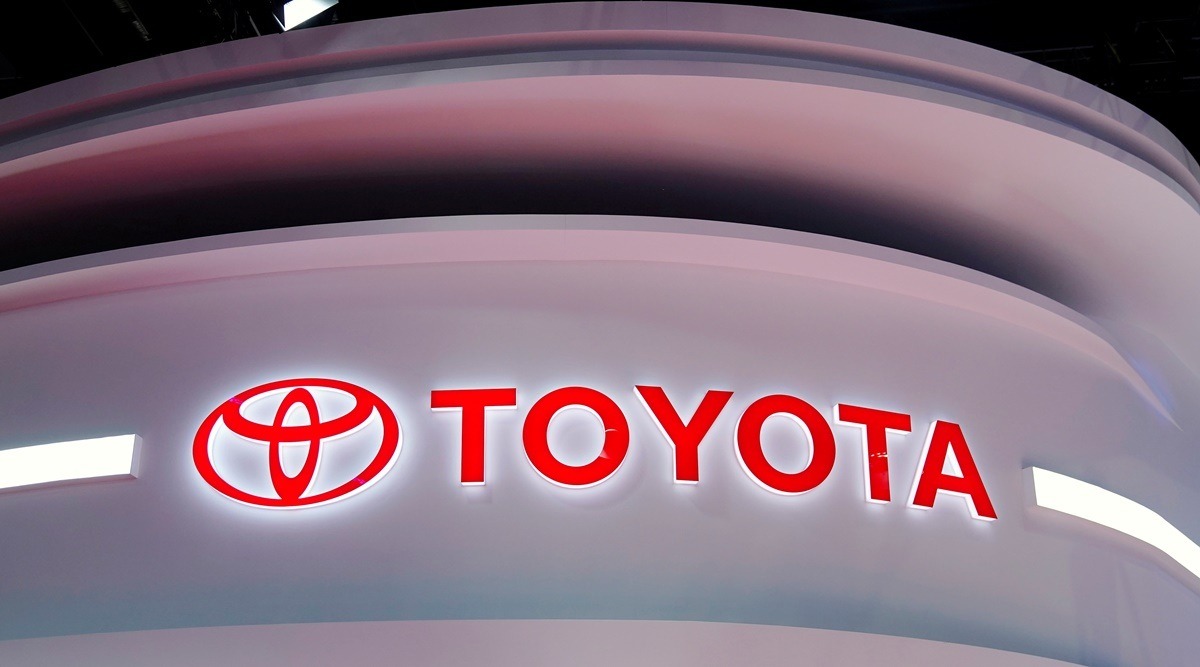Toyota Motor Corporation, the world’s leading automaker, has announced a significant downward revision of its full-year operating profit estimate for the fiscal year ending March 2026. The company cited escalating U.S. import tariffs and the persistent strength of the Japanese yen as primary factors weighing heavily on its profitability despite strong sales and continued demand for hybrid vehicles.
Key Highlights of the Profit Downgrade
-
Toyota now projects its operating profit to be approximately 3.8 trillion yen ($26 billion), marking a 16% reduction from its earlier forecast.
-
The revised estimate reflects a notable decline from the prior fiscal year’s operating income of 4.8 trillion yen.
-
The company expects net profit to fall by about 21%, signaling a challenging earnings environment in the year ahead.
-
U.S. tariffs on imported vehicles, including a recent 25% levy on completed cars and tariffs on auto parts such as engines and transmissions, have sharply increased costs.
-
The yen’s appreciation against the U.S. dollar is expected to reduce Toyota’s profits by nearly 745 billion yen in the current fiscal year, compounding the tariff impact.
Despite these headwinds, Toyota’s sales revenue is forecast to hit a record 48.5 trillion yen, an increase of 1% over the previous year, illustrating resilience in global demand.
Operating Challenges and Market Dynamics
Toyota’s biggest market remains the United States, accounting for roughly 20% of its global vehicle sales. The introduction of higher tariffs has presented immediate obstacles, forcing Toyota to modify shipping routes and reassess its supply chain strategies. As vehicles originally destined for the U.S. may now be redirected to other regions, the company faces short-term logistical disruptions alongside longer-term strategic realignments.
The strong yen’s impact on earnings stems from currency translation effects, where overseas profits bring in fewer yen when converted. This currency pressure is an added burden amid the tariff-related cost surges, squeezing margins and investor expectations.
Financial Performance Recap and Forward Outlook
For the fiscal year ending March 2025, Toyota reported an operating income of 4.8 trillion yen, down about 10%, on record sales of 48 trillion yen.
Net income declined by 3.6% year-on-year to approximately 4.77 trillion yen.
The company highlighted substantial marketing efforts and a firm grip on cost controls but acknowledged growing expenses and adverse foreign exchange impacts.
Toyota’s leadership remains optimistic about medium to long-term growth, focusing on developing localized products for key markets and expanding its portfolio of electrified vehicles.
Strategic Responses and Future Plans
In response to the current market pressures, Toyota is actively pursuing local manufacturing in target regions to circumvent tariffs and better tailor products to local consumer preferences. The company also continues investing heavily in hybrid and electric vehicle technology to maintain its edge in the automotive transition.
CEO Koji Sato emphasized that while the near-term profit forecast is constrained by tariffs and currency volatility, Toyota’s broader strategy to enhance operational foundations and drive innovation remains unchanged.
Investor Implications
Investors should be aware that while Toyota’s profitability is challenged this fiscal year, its robust global brand, resilient sales, and forward-looking investments provide a stable base for recovery. The stock’s valuation may reflect the profit moderation but also potential upside from strategic shifts and the anticipated rebound in global supply conditions.
In summary, Toyota’s 16% cut in full-year operating profit highlights the impact of geopolitical trade tensions and currency movements on even the largest automakers. The company’s ability to navigate these challenges will be decisive for its performance in 2026 and beyond.
Source: Reuters, Kyodo News, Toyota Motor Corporation official releases

